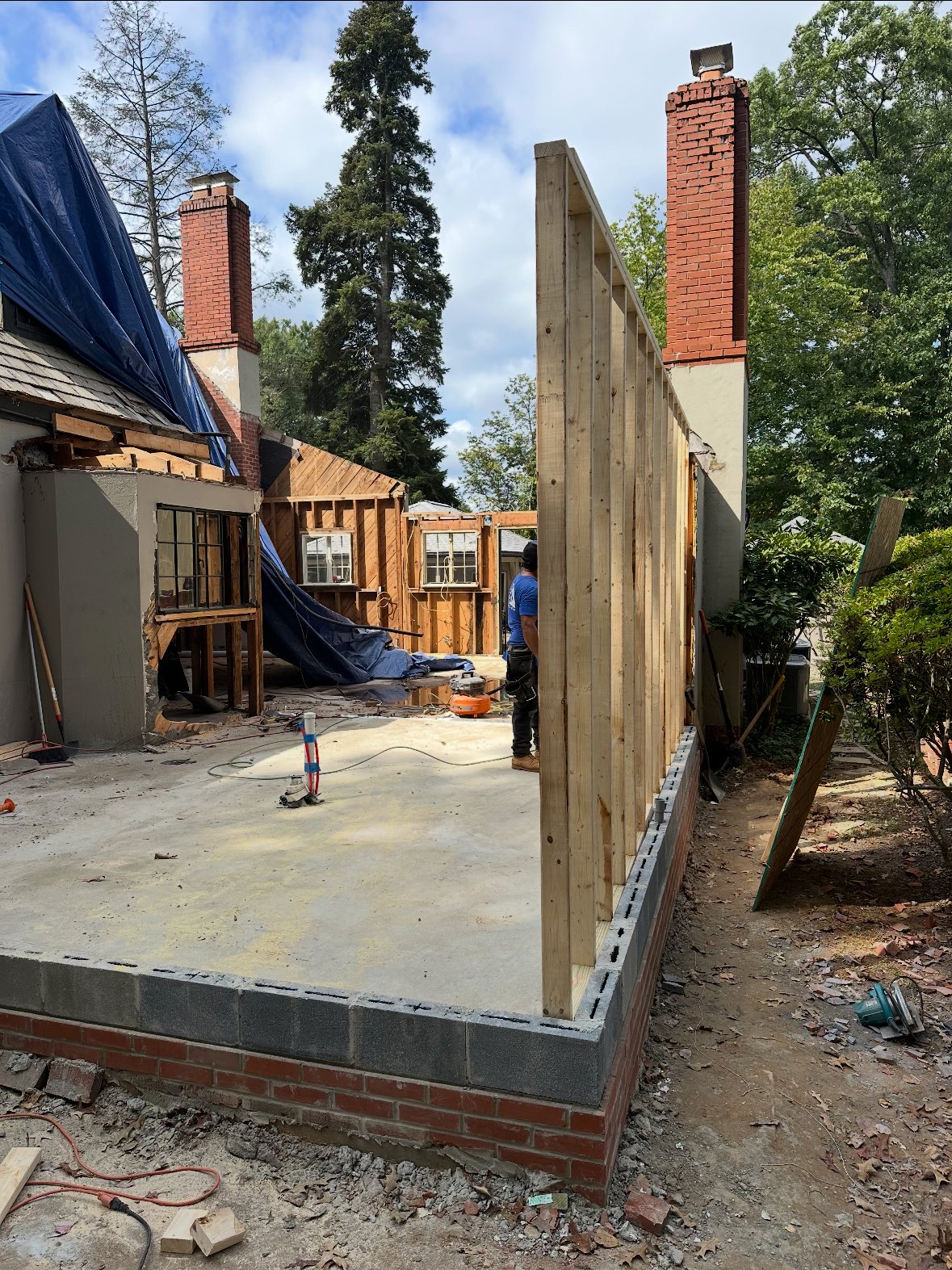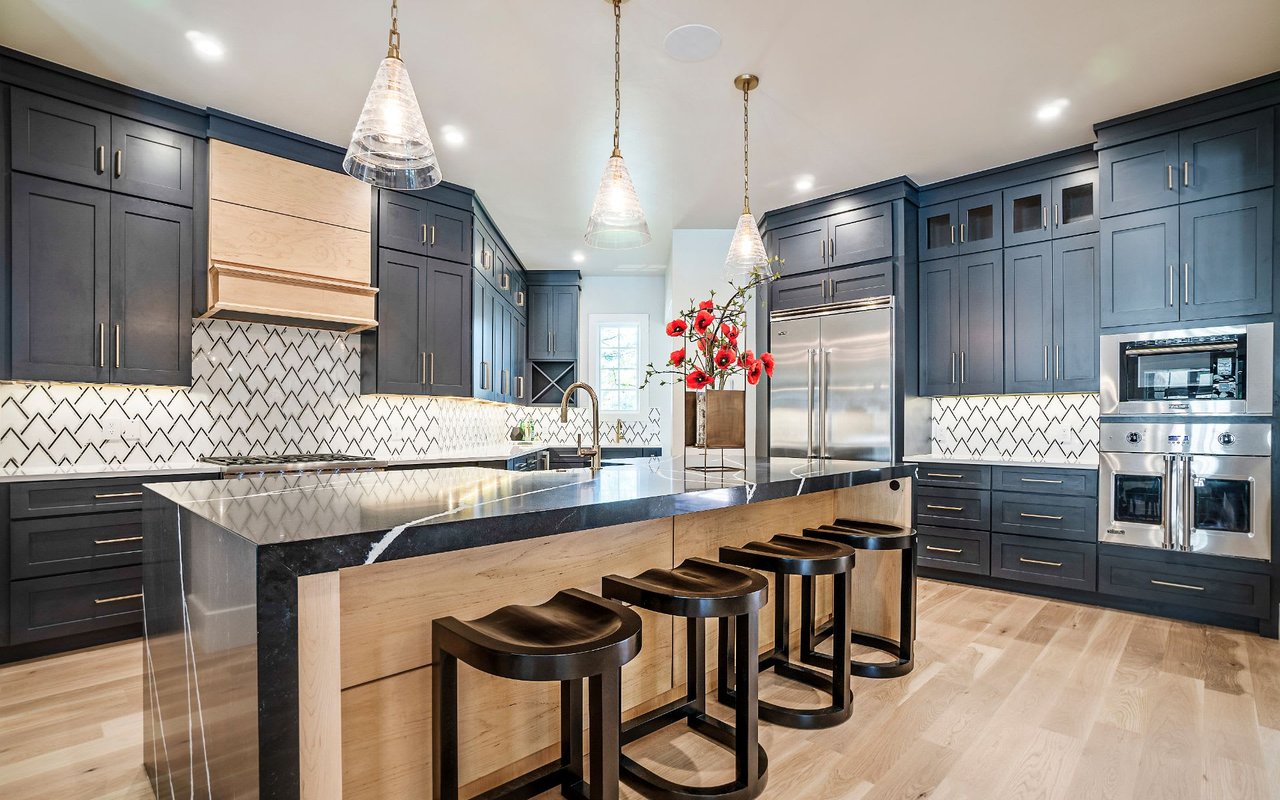A home renovation can be exciting, but it’s also a major investment of time and money. Whether you're making small updates or planning a full-scale remodel, having a solid game plan is essential. Here are expert-backed steps—along with insights from Cara and Megan’s personal renovation experiences—to help you navigate the process smoothly and avoid costly mistakes.
1. Prioritize Your Must-Haves vs. Nice-to-Haves
Before diving in, make two lists: one for essentials (what absolutely needs to be done) and another for “wish list” items. Setting priorities early will help keep your project on track and within budget. Cara didn’t do this until midway through her main floor renovation in her Luxmanor home, and it became a crucial exercise when the scope expanded unexpectedly.
2. Consider Tackling Everything at Once
If you can swing it financially, completing multiple projects at the same time can save money, time, and the hassle of living through construction more than once. Cara initially planned to renovate just the main floor, but when contractors discovered that her basement ceiling was unnecessarily dropped 18 inches due to outdated plumbing and gas line placement, they saw an opportunity to raise it. By reallocating funds and tackling the basement while already in temporary housing, her family saved $10,000. The change did add about 30 days to the timeline, but consolidating the work prevented future disruptions.
3. Research Costs and Timing in Advance
Renovation costs vary widely based on location, materials, and even seasonality. Get quotes on labor and materials before starting, and consider how premium finishes may impact your budget. One key tip: order appliances early to avoid delays. Even though supply chain issues have improved, backorders still happen. Megan and Cara recommend working with vendors like ABW Appliances or Ferguson, which can hold items until you're ready for installation. Also, consider the lead times for custom windows and exterior doors—Megan’s renovation was delayed by eight weeks while waiting for custom windows, even from highly regarded brands like Pella and Andersen.
4. Break Down Your Budget in Detail
Instead of setting a rough budget, create a detailed spreadsheet with every expense—from big-ticket items like flooring and appliances to smaller costs like cabinet hinges and dimmer switches. Don’t forget to add a contingency fund for unexpected expenses (because there will be some).
5. Factor in Professional Fees & Temporary Housing
Hiring a contractor typically adds 10-20% to your total project cost, while architects can add another 8-20%. If your renovation requires moving out, include temporary housing costs in your budget. Living without one of your bathrooms is doable—but a full kitchen remodel with kids or pets at home? That’s another story.
6. Know What You Can (and Can’t) DIY
DIY can save money, but only if it doesn’t compromise quality. Be realistic about your skills—painting is usually DIY-friendly, but electrical work and plumbing should be left to the pros.
7. Hire the Right Team
A great contractor or design team can make or break your project. Read reviews, check references, and don’t just choose the cheapest option—cutting corners on labor can lead to expensive fixes down the road. It’s also important to hire a contractor or architect with experience relevant to your home type. If you live in an older home, a downtown row house, or a historic property, you’ll want a professional familiar with the unique challenges of older construction, city permitting, and code requirements. This knowledge can save you time, money, and a lot of headaches.
8. Weigh Renovation Costs vs. Moving
Before committing, compare the cost of renovation with the price of buying a new home—or even rebuilding. If your project is extensive, moving might make more financial sense. That said, location is permanent, but finishes and layouts can be changed—so factor in what matters most. If you’re debating whether to renovate or sell, we’d love to help assess your home’s return on investment (ROI).
Renovations take careful planning, but with the right priorities, research, and team, you can avoid surprises and keep your project on track. Thinking about a renovation? What’s at the top of your must-have list? Let us know!




